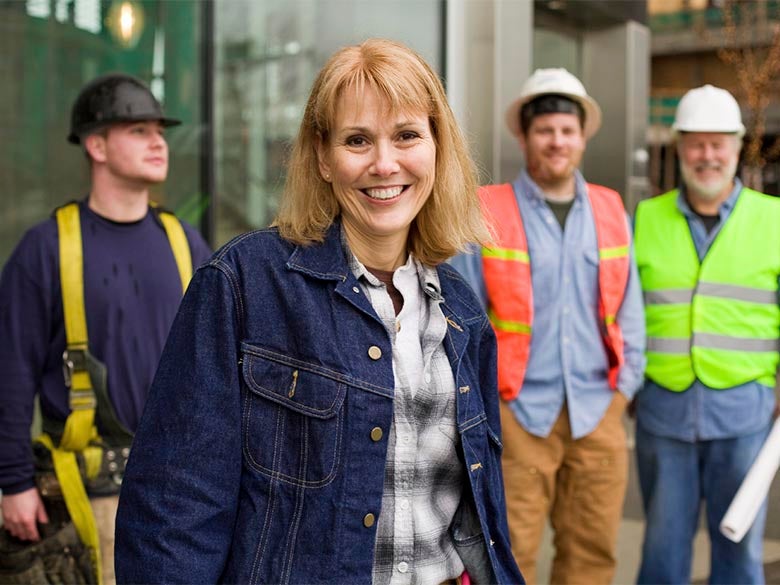03 May 2018
3 min read
Published by:

Safety in the ‘gig economy’ is again making headlines, with Unions NSW taking on Airtasker once more as a source of potential unsafe work practices.
Last year, Unions NSW focused on Airtasker from an employment law perspective after raising concerns about potential misclassification and underpayment of workers sourced through the company’s website.
Now, ABC News has reported that Unions NSW has turned its focus to work health and safety issues.
The ABC reports that the union peak body tracked online activity through Airtasker and apparently found unlicensed operators taking on high-risk jobs, such as asbestos removal.
The concerns identified have potentially widespread ramifications, not only for the workers concerned who may be exposed to risks to their health and safety without the skills or experience to manage those risks, but also to others who may be impacted by their work. This could include co-workers, members of the public or, in some cases, environmental damage depending on the nature of the work.
Extent of the duty of care
The issue identified by Unions NSW poses a serious question as to the effectiveness of the WHS legislation in operation in Australia. In 2011 and 2012, when most jurisdictions implemented the harmonised safety laws, the introduction of the PCBU (person conducting a business or undertaking) as being the primary duty-holder, was heralded as a breakthrough in improving safety at work.
This was because the concept of the PCBU placed the duty of care on any person who exercised some level of control over how work for the PCBU could be performed safely. To the extent that control could be exercised, the person was required to take reasonably practicable steps to ensure that the work was being performed safely.
The question now is whether a duty exists for an organisation like Airtasker, which facilitates the connection between those seeking work to be performed and those offering their services.
In the gig economy, are organisations like Airtasker, Uber or Deliveroo required to take reasonably practicable steps to ensure that any worker delivering services through the use of their software/website performs the work safely? And if so, what are those reasonably practicable steps?
Would they include ensuring all potential workers have registered and provided evidence of required licences and qualifications before being able to bid for certain types of high-risk work? How involved can, or should, these types of gig economy organisations be?
In the case of Airtasker, steps are being taken to allow workers to identify their licences and other credentials, although the extent of the effectiveness of these steps is yet to be seen.
These questions remain to be answered but it won’t take long before the first incidents involving gig economy workers make their way through an investigation by a safety regulator, and then the courts.
Until then, all businesses, whether Airtasker or not, should carefully consider their statutory obligations to take steps within their control that may assist in reducing the risk of harm to others impacted by their business or undertaking.
Author: Michael Selinger
* A version of this article was originally published in the Health & Safety Bulletin. This article is © 2018 Portner Press Pty Ltd and has been reproduced with permission of Portner Press.
Contacts:
Sydney
Stephen Trew, Managing Partner, Sydney
T: +61 2 8083 0439
E: stephen.trew@holdingredlich.com
Michael Selinger, Partner
T: +61 2 8083 0430
E: michael.selinger@holdingredlich.com
Melbourne
Charles Power, Partner
T: +61 3 9321 9942
E: charles.power@holdingredlich.com
Benjamin Marshall, Partner
T: +61 3 9321 9864
E: ben.marshall@holdingredlich.com
Brisbane
Rachel Drew, Partner
T: +61 7 3135 0617
E: rachel.drew@holdingredlich.com
Disclaimer
The information in this publication is of a general nature and is not intended to address the circumstances of any particular individual or entity. Although we endeavour to provide accurate and timely information, we do not guarantee that the information in this publication is accurate at the date it is received or that it will continue to be accurate in the future. We are not responsible for the information of any source to which a link is provided or reference is made and exclude all liability in connection with use of these sources.
Published by: